For perfect veggie stir fry, start with these 3 essential spices: fresh ginger, garlic, and toasted sesame seeds. These form the flavor foundation that transforms simple vegetables into restaurant-quality dishes with minimal effort. Add soy sauce for umami depth and chili flakes for heat to complete the basic flavor profile most home cooks need for consistently delicious results.

While many spices work in stir fries, these core ingredients deliver maximum flavor impact with minimal cooking skill required. They create the aromatic base that makes vegetables taste anything but boring - the secret restaurants use to make simple ingredients shine.
7 Best Spices for Veggie Stir Fry (Ranked by Impact)
These spices consistently deliver the most noticeable flavor improvements in vegetable stir fries. Start with the top 3 for basic dishes, then experiment with the others as you gain confidence:
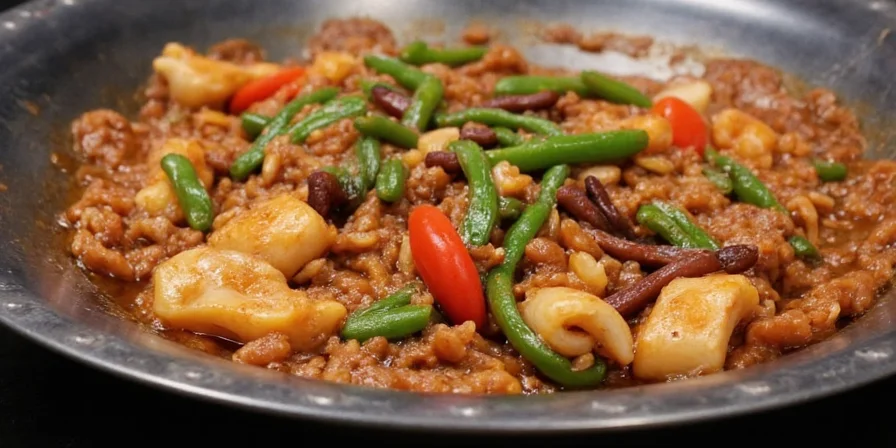
| Spice | Why It Works | Best Vegetable Pairings | When to Add |
|---|---|---|---|
| Fresh Ginger | Provides bright, warming flavor that cuts through vegetable bitterness | Broccoli, snap peas, mushrooms | Final 30 seconds of cooking |
| Fresh Garlic | Creates savory depth without overpowering delicate vegetables | Asparagus, bell peppers, onions | When oil shimmers (medium heat) |
| Toasted Sesame Seeds | Adds nutty crunch that makes stir fries feel restaurant-quality | Green beans, bok choy, carrots | Right before serving |
| Chili Flakes | Customizable heat that enhances without overwhelming | Snow peas, zucchini, cabbage | With oil at start or finish |
| Five-Spice Powder | Complex sweet-savory notes that work like flavor enhancer | Tofu, mushrooms, eggplant | 15 seconds in oil before veggies |
| Turmeric | Earthy warmth that pairs perfectly with root vegetables | Cauliflower, spinach, sweet potatoes | With black pepper for better absorption |
| Smoked Paprika | Adds depth that mimics wok hei (breath of the wok) at home | Peppers, tomatoes, squash | At the very end of cooking |
Pro Tip: For beginners, focus on mastering ginger, garlic and sesame seeds first. These three create the classic stir fry flavor profile that works with nearly all vegetables. Once comfortable, add chili flakes for heat and five-spice powder for complexity.
Simple Spice Techniques That Make a Difference
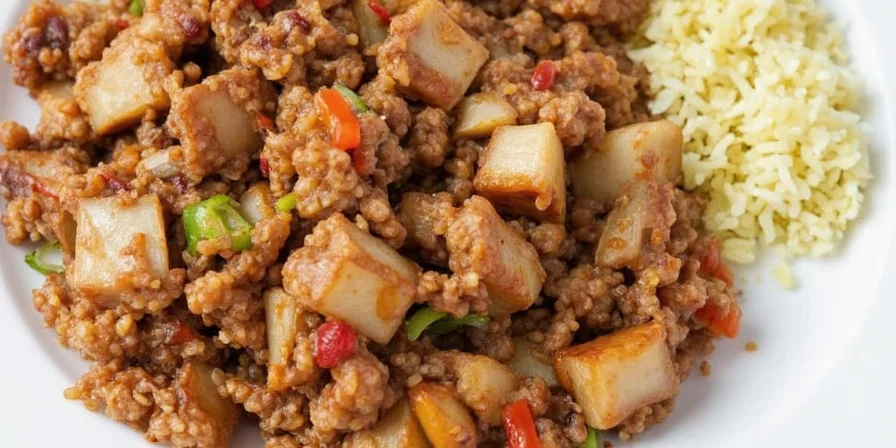
- The Oil Test: Heat oil until shimmering (not smoking) before adding garlic or ginger - this prevents burning while releasing maximum flavor
- Less is More: Start with 1/2 teaspoon of dried spices per serving - you can always add more, but you can't take it out
- The Acid Finish: A splash of rice vinegar or lime juice right before serving makes spices taste brighter and more complex
- Salt Timing: Add half your salt with vegetables, the rest with spices - this prevents soggy veggies while boosting flavor
- Texture Trick: Keep toasted sesame seeds in a separate container to add just before serving - this preserves their crunch
3 Most Common Spice Mistakes (and How to Fix Them)
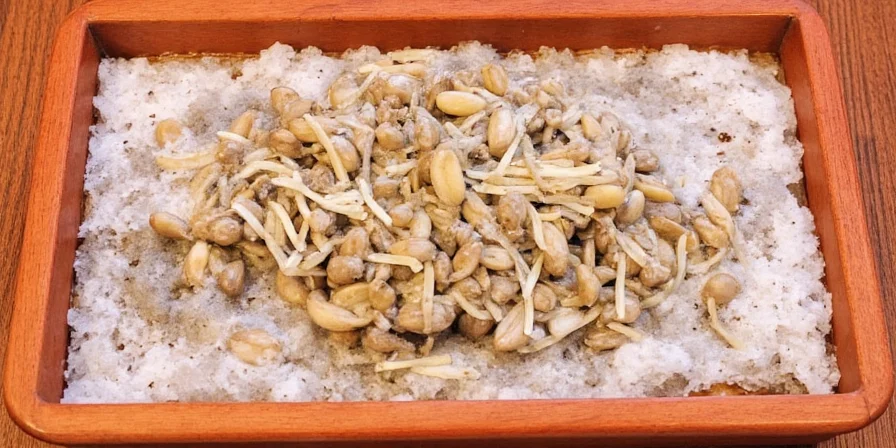
- Burning the Aromatics: Garlic and ginger burn in seconds at high heat. Solution: Add them when oil shimmers, not when smoking hot, and stir constantly
- Adding Everything at Once: Spices need different cooking times. Solution: Dried spices early, fresh aromatics late, seeds and finishing spices at the very end
- Using Old Spices: Ground spices lose potency after 6 months. Solution: Buy small quantities from stores with high turnover and store in airtight containers away from light
How to Tell If Your Spices Are Still Good
- The Smell Test: Fresh spices should have a strong aroma when rubbed between your palms. If you can't smell them immediately, they've lost potency
- Color Check: Vibrant colors indicate freshness - faded paprika or turmeric has lost flavor compounds
- Storage Tip: Keep spices in airtight containers away from heat and light. The cabinet above your stove is the worst place to store them
- Revival Method: Lightly toast stale ground spices in a dry pan for 30-60 seconds to temporarily boost flavor (but replace them soon)
For best results, buy whole spices (like cumin seeds or coriander seeds) and grind them yourself as needed - they stay fresh much longer than pre-ground versions.
Beginner's Spice Cheat Sheet
Follow this simple formula for foolproof stir fry seasoning:
- For 2 servings: 1 tsp grated ginger + 2 minced garlic cloves + 1/2 tsp sesame seeds + 1 tbsp soy sauce + pinch of chili flakes
- Mistake-proof timing: Garlic with shimmering oil → vegetables → ginger in last minute → soy sauce in last 30 seconds → sesame seeds when plating
- Customize: Add 1/4 tsp five-spice powder for Chinese-style, or 1/4 tsp smoked paprika for depth
Flavor Boosters for When You're Ready

- Ginger + Soy Sauce + Sesame Oil: The classic trio that creates instant restaurant-quality flavor
- Garlic + Chili + Honey: Sweetness balances heat for family-friendly spice
- Five-Spice + Orange Zest: Bright citrus notes that make stir fries feel special
Simple Steps to Perfect Stir Fry Every Time
Master these three steps for consistently great veggie stir fries:
- Start with fresh basics: Keep ginger, garlic, and sesame seeds in your pantry at all times
- Cook in the right order: Oil → aromatics → vegetables → finishing spices
- Taste and adjust: Before serving, check seasoning and add a splash of vinegar if needed
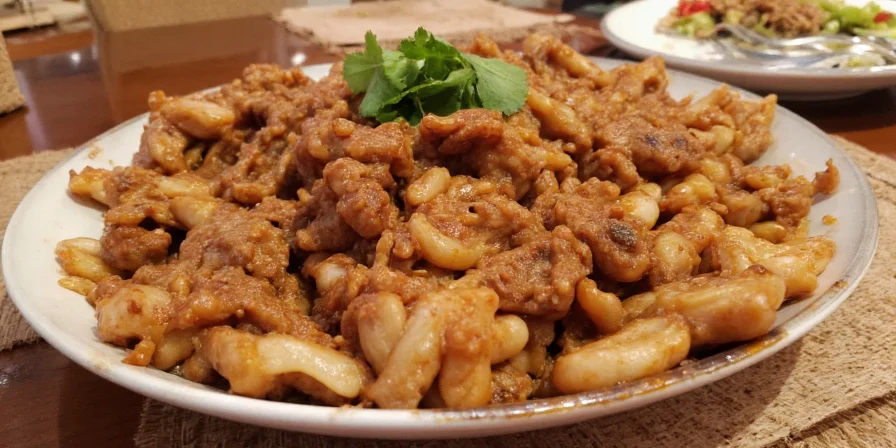
With these simple spice techniques, you'll create vegetable stir fries that are anything but boring. Start with the basic three-spice foundation, then experiment as you gain confidence. The best part? These techniques work whether you're cooking for one or feeding a family.
Quick Answers to Common Questions
What's the #1 spice mistake beginners make?
Adding garlic and ginger to smoking hot oil, which burns them instantly. Wait until the oil shimmers (about medium heat), then add aromatics and stir constantly for 15-20 seconds before adding vegetables.
Which 3 spices should I buy first if I'm new to stir frying?
Start with fresh ginger (keeps 3 weeks refrigerated), garlic, and toasted sesame seeds. These three create the foundation of most Asian-inspired stir fries and work with nearly all vegetables. Add chili flakes and five-spice powder once you've mastered these basics.
Can I use dried ginger instead of fresh?
Yes, but use half the amount (1/4 tsp dried = 1 tsp fresh) and add it earlier in cooking. Fresh ginger has brighter flavor and better texture, but dried works in a pinch. Never substitute dried for fresh in finishing applications - always use fresh ginger for those last 30 seconds of cooking.
How can I make my stir fry taste like restaurant-quality?
Three secrets: 1) Use toasted sesame oil as a finishing touch (not for cooking), 2) Add a splash of rice vinegar right before serving, 3) Always finish with fresh chopped green onions and extra toasted sesame seeds. These create the "wow" factor that makes home cooking taste professional.
What's the easiest way to remember spice timing?
Remember this sequence: Oil → dried spices → vegetables → fresh aromatics (ginger/garlic) → sauce → finishing spices (sesame seeds). If using chili flakes, add half at the beginning with oil and half at the end for balanced heat.

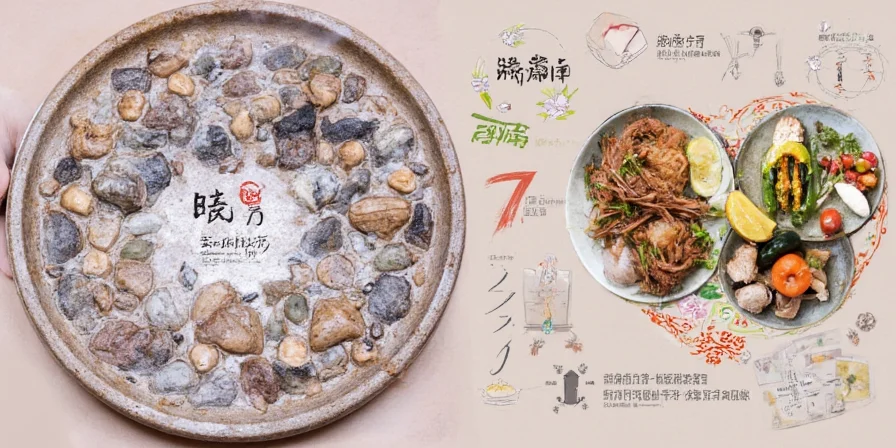









 浙公网安备
33010002000092号
浙公网安备
33010002000092号 浙B2-20120091-4
浙B2-20120091-4